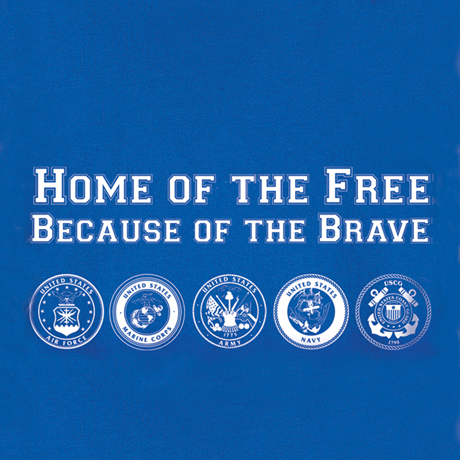

It was just words a man wrote down on a folded-up piece of parchment paper to a tune in his head. It wasn’t holy writ, at least not at the beginning. And so we did we sang it in all sorts of ways, even with all sorts of words. It’s a couple of ticks past two centuries old, and for most of its existence we had to sing it if we wanted to hear it.

But we the people have been singing it for a lot longer than we’ve been merely listening to it, certainly for a lot longer than we’ve made it the province of divas. Sure, it’s supposed to be a challenge - by now it’s American opera. But when a singer makes it her own, whom does it belong to?

But did she make the song her own in order to make the song their own? It was the national anthem, after all. Lions and Vikings players all stood for Aretha on Thanksgiving Day. Was it a gesture of thanksgiving or of defiance? Was it a prayer or a protest? 2016 had been a year like no other - a year in which anybody singing the national anthem before a sporting event faced the very real possibility that the athletes gathered in the arena would decide to sit it out. She made “The Star-Spangled Banner” into something like a spiritual. Lingering over every chord and elaborating on every phrase, she took nearly five minutes to sing a song she usually delivers in three, prompting a national audience to ask not what she was singing but what she was saying. She had chosen the simplest of accompaniments: herself, on piano a distinguished-looking man with a gray beard adding occasional fills on an organ, as in a church.


 0 kommentar(er)
0 kommentar(er)
